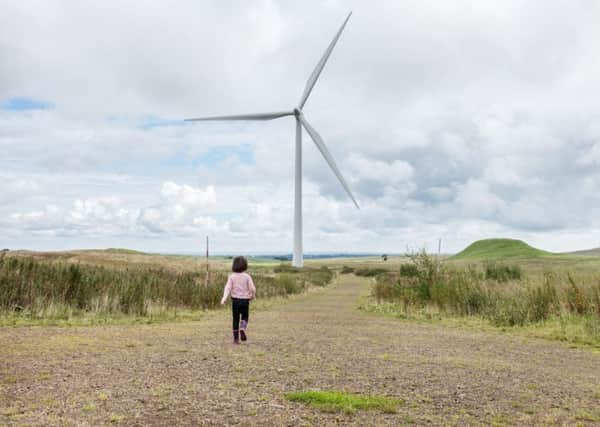Dr Andrew McCormick: Powering Scotland from renewables is impossible


Reliance on wind capacity for continuous surety of supply is absurd. Trying to re-energise a collapsed grid system from wind power would be like trying to fill a colander using a tea cup: a truly catastrophic situation.
Supply failing to meet demand – an inevitable occurrence if we only had intermittent sources such as wind – would be like having a ‘short’ on a grand scale. We need an easily accessible reserve store of energy. However, a single day’s reserve would be the equivalent of about 200 million car batteries, and we cannot store sufficient electricity.For the near future, only a system of hydro storage and regeneration could fit the bill of sufficiency and speed of response.
Advertisement
Hide AdAdvertisement
Hide AdFor this, water is pumped to a high level storage dam and allowed to fall back down the pipes to drive the special reversible pumps which are now generators. One day’s reserve would mean pumping the top two metres of Loch Lomond to a huge dam 250m above a turbine station with four times the generating capacity of the whole of our existing conventional hydro schemes (over 100 stations).
Is that really achievable, acceptable and affordable? We have two existing pumped hydro storage installations totalling just under four hours of reserve delivered at the average consumption rate. The showpiece one is at Cruachan on the side of Loch Awe.
The storage dam there is at 300m. For aesthetic reasons, the power station was built inside Ben Cruachan at great expense – and unfortunately loss of life for 36 workers. The water used in its operation is quite small compared with Loch Awe, so there is minimal environment and recreational disturbance. Compare that with wind farms.
To come anywhere near the environmental and aesthetic standard of Cruachan, a future hydro and regeneration scheme would need to be split into smaller entities: we don’t want a two metre tide in Loch Lomond at random intervals. Even if sites could be found, the whole thing would be horrendously expensive. And, because they would operate intermittently, they could never be economic.
Some real (and some very unreal) schemes have been considered but the total is nowhere near enough.
So, in spite of Scottish government claims, we are NOT going to have all-renewable electricity by 2020 or at any foreseeable time thereafter.
Thank goodness the Torness nuclear installation and our one remaining gas-fired station will be here for a while yet and we will still be connected to reliable electric generation via the National Grid.
Could we soon hear about more gas-fired generation (using Scottish fracked gas?) and new nuclear?
Dr Andrew McCormick, BSc PhD is a retired research scientist. He lives in Terregles, Dumfries.